Hi there, pet lovers! 🐜🔥
The Giant Water Bug (Belostomatidae), infamously nicknamed the “Toe-Biter,” is one of the most formidable insects in the aquatic world. Known for its painful bite, raptorial hunting skills, and surprisingly devoted parenting, this bug is a fascinating (if intimidating) choice for enthusiasts who crave something truly unique.
In this detailed review, we’ll explore everything you need to know about keeping a Toe-Biter—from its temperament and care requirements to its availability and habitat setup. Whether you’re a seasoned bug keeper or just curious about these aquatic assassins, this guide will help you decide if the Toe-Biter deserves a spot in your home.
Overview
The Giant Water Bug is a large, aquatic predator found in freshwater habitats worldwide. These bugs are aggressive hunters, using venomous saliva to liquefy prey before sucking it dry. Despite their fearsome reputation, they exhibit remarkable parental care, with males often carrying eggs on their backs.
Here’s a quick summary of what makes them stand out:
- Handling and Temperament: Not for the faint-hearted—can deliver an excruciating bite if mishandled.
- Care and Maintenance: Surprisingly low-maintenance but require specific aquatic conditions.
- Health and Durability: Hardy but short-lived (about 1 year in captivity).
- Availability: Rare in pet trade, but sometimes found online or in the wild.
- Cost: Affordable to purchase and set up.
- Overall: A thrilling but challenging pet for experienced insect enthusiasts.
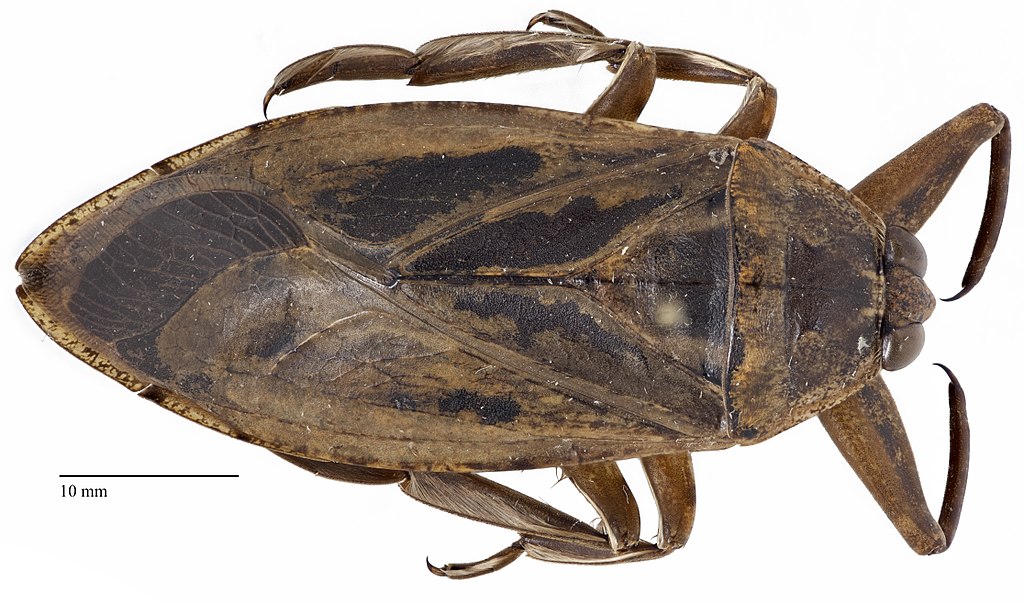
Why Choose a Giant Water Bug?
For those who want a pet that feels like a mini-monster, the Toe-Biter delivers. These bugs are fascinating to observe, with ambush-hunting behaviors that rival mantises. They’re also quiet, space-efficient, and don’t require daily interaction—making them ideal for busy keepers who still want an engaging pet.
However, they’re not cuddly, and their bite is legendary. This is a pet for those who appreciate raw, unfiltered nature—not for casual hobbyists.
Handling and Temperament
A Bug That Lives Up to Its Name
The Toe-Biter’s reputation isn’t exaggerated. These bugs will bite if provoked, and their venomous saliva causes intense pain (though it’s not medically dangerous). Unlike docile reptiles or insects, they’re not handle-friendly—but they can be safely observed with proper technique.
Behavior and Personality
- Ambush Predators: They stay motionless for hours, waiting to strike prey with lightning speed.
- Defensive, Not Aggressive: They won’t chase you, but they will defend themselves if grabbed.
- Flight Capable: They can fly, so enclosures must be secure.
Handling Tips (If You Must)
- Never grab directly. Use soft tools (like paintbrushes) to guide them.
- Avoid sudden movements. They strike when threatened.
- Wear gloves if necessary—though their beak can pierce thin material.
“The bite feels like a searing burn—comparable to a wasp sting, but deeper. It’s not deadly, but you won’t forget it.”
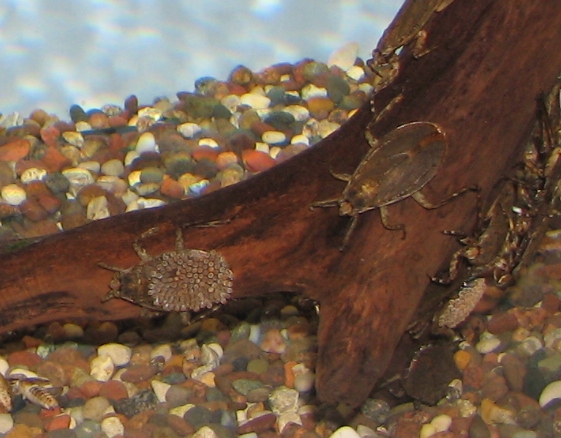
Care and Maintenance
Enclosure Setup
- Tank Size: Minimum 2.5–5 gallons (larger for multiple bugs).
- Water Depth: Shallow (3–6 inches) with haul-out spots (cork bark, floating plants).
- Substrate: Bare-bottom or sand (easier to clean).
- Filtration: Gentle sponge filter—strong currents stress them.
- Cover: Escape-proof lid (they’re strong fliers).
Humidity & Temperature
- Water Temp: 70–80°F (room temp is fine, but avoid extremes).
- Humidity: Not critical—they breathe air but appreciate slight moisture.
Feeding
- Diet: Live prey only (crickets, feeder fish, worms).
- Feeding Schedule: 2–3 times per week (they eat large meals).
- Hunting Style: They ambush prey, so tong-feeding works best.
Lighting
- No special lighting needed. Natural daylight or low aquarium lighting is sufficient.
Health and Durability
Lifespan
- Short-lived: About 1 year in captivity (adults don’t live long).
Common Health Issues
- Stress from poor water quality (though they’re hardy).
- Injuries from failed molts (rare in adults).
- Dehydration if unable to surface for air.
Preventative Care
- Clean water (partial changes weekly).
- Secure lid to prevent escapes.
- Avoid overfeeding (rotting food fouls water quickly).
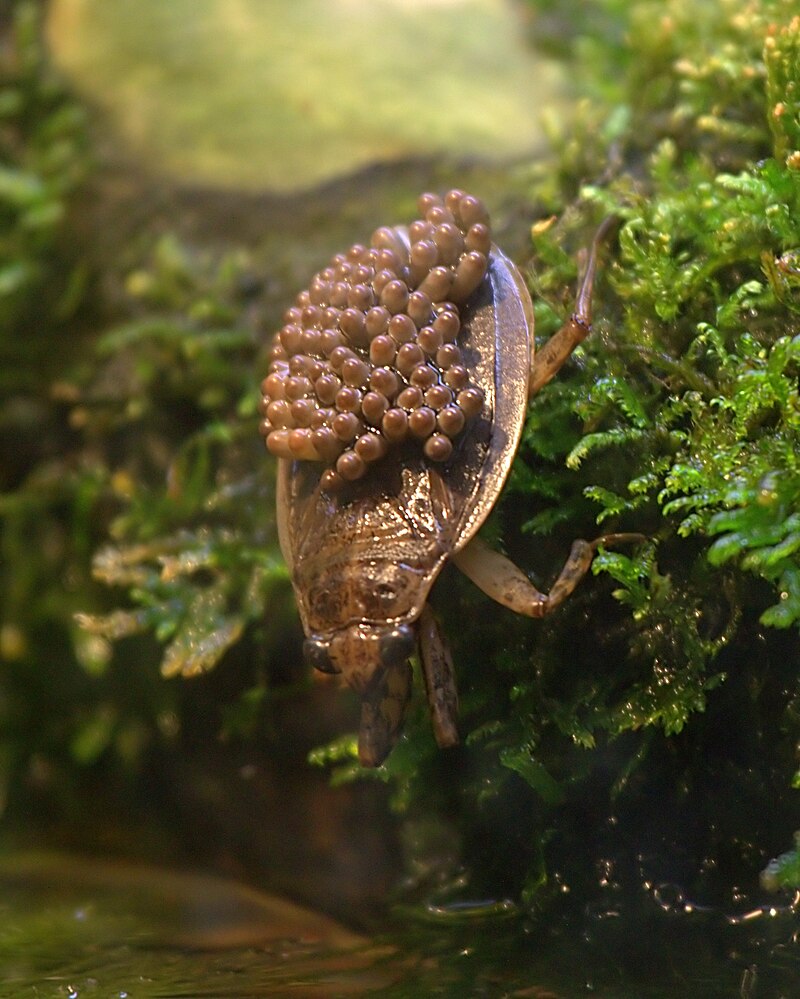
Availability and Cost
Where to Buy
- Online specialty breeders (rare but available).
- Wild-caught (check local laws—some areas protect them).
- Reptile expos (occasionally sold by bug enthusiasts).
Cost Breakdown
- Bug itself: $20–$50 (rarer species cost more).
- Setup: $50–$100 (tank, filter, decor).
Pros and Cons
Pros
- Fascinating hunting behavior.
- Low-maintenance compared to fish or reptiles.
- Affordable setup.
- Unique conversation piece.
Cons
- Painful bite risk.
- Short lifespan.
- Not handleable.
- Limited availability.
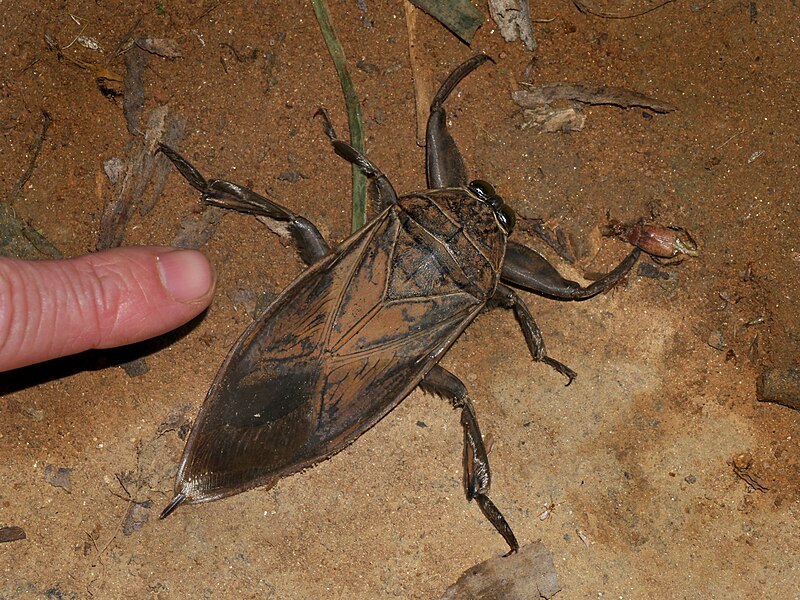
Final Thoughts
The Giant Water Bug is not a pet for everyone—but for those who love extreme insects, it’s a jaw-dropping choice. Their brutal hunting style, unusual parenting habits, and sheer intimidation factor make them a captivating (if niche) pet.
If you’re ready for the challenge, a Toe-Biter offers a wild, unfiltered glimpse into nature’s ferocity. Just keep your fingers clear—this bug doesn’t forgive mistakes.
Have you ever encountered a Toe-Biter? Share your stories below!
For more unconventional pet reviews, stay tuned—we’ve got plenty more hardcore critters to explore. 🐜🔥

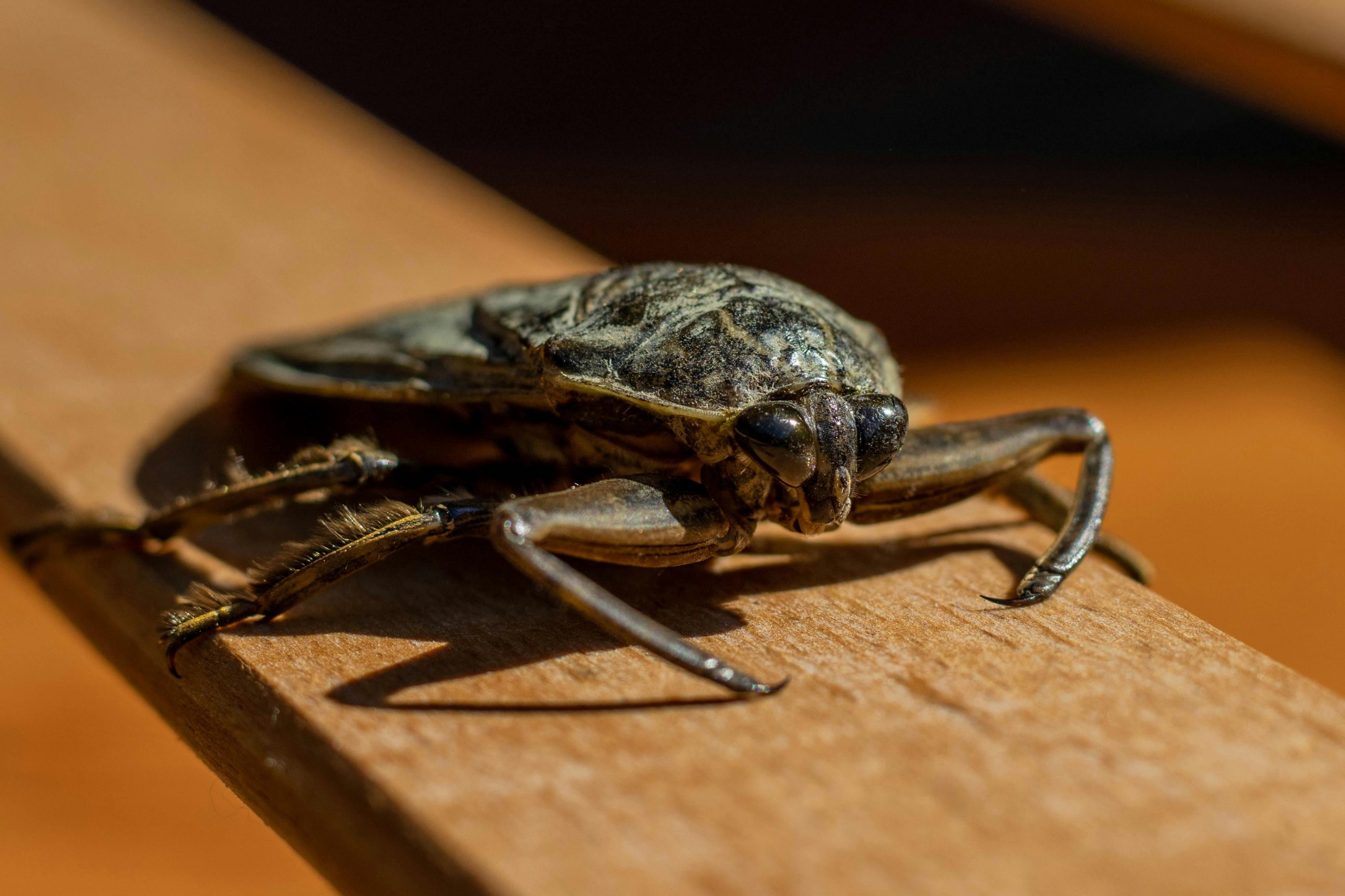

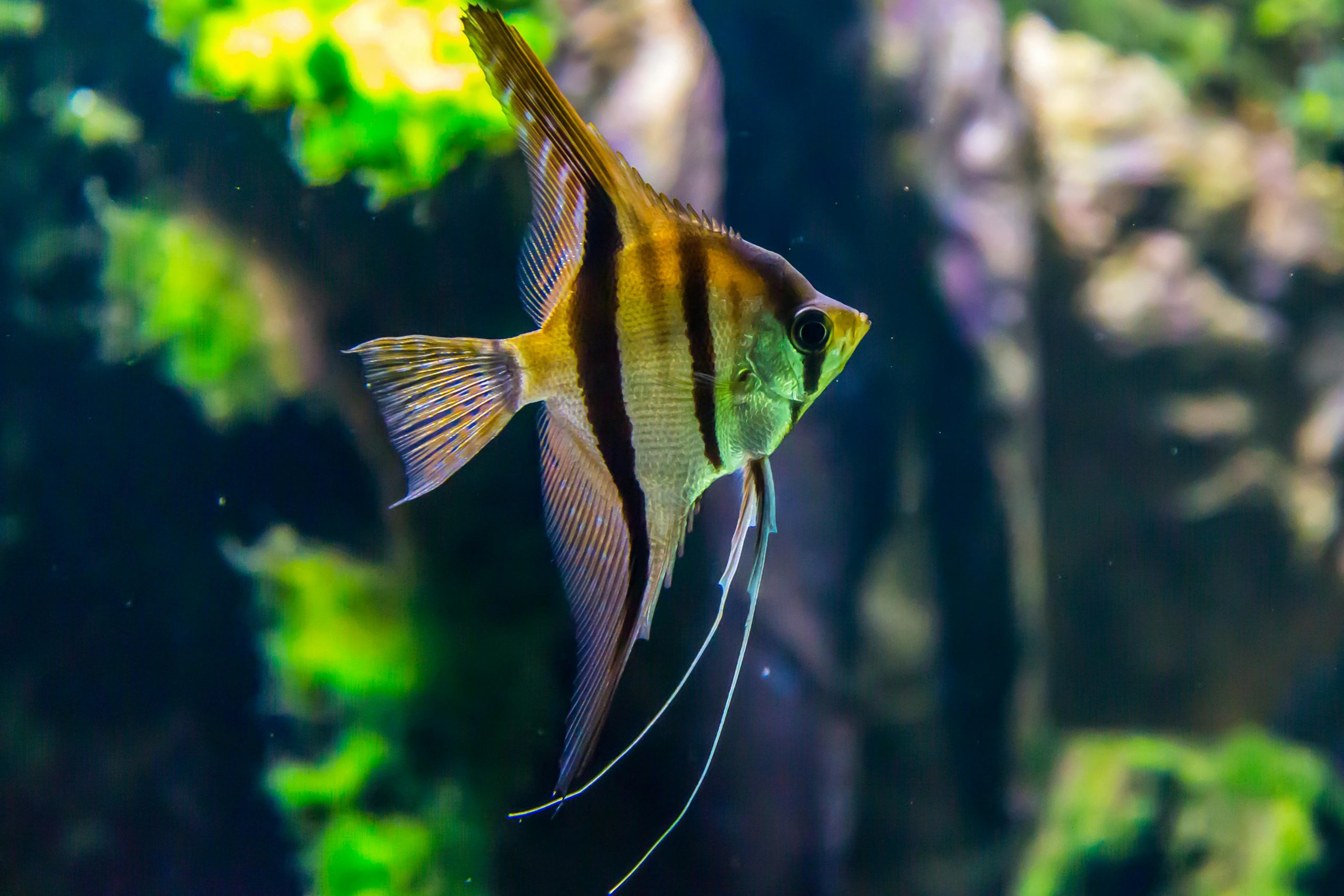
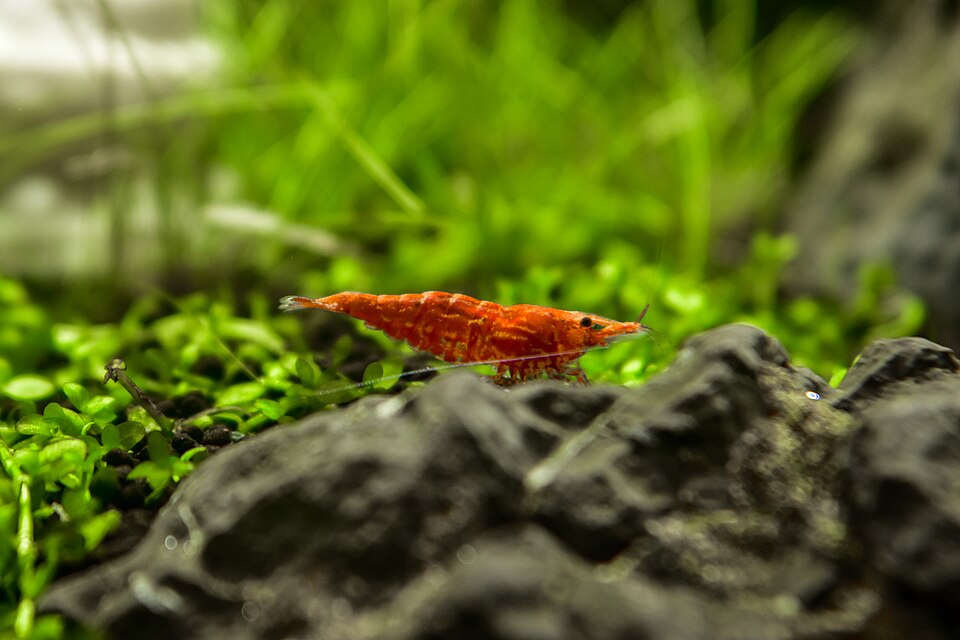

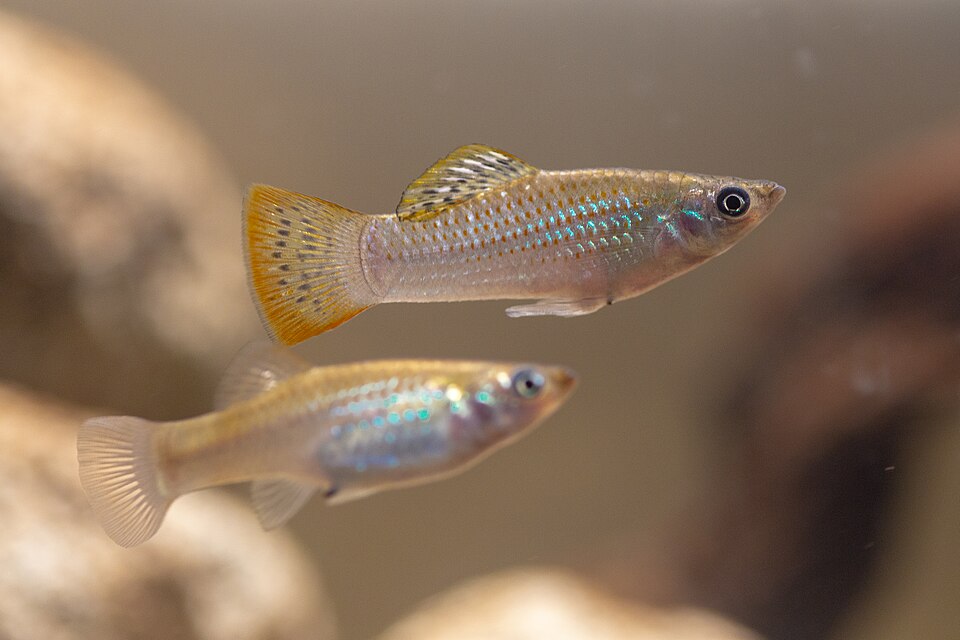
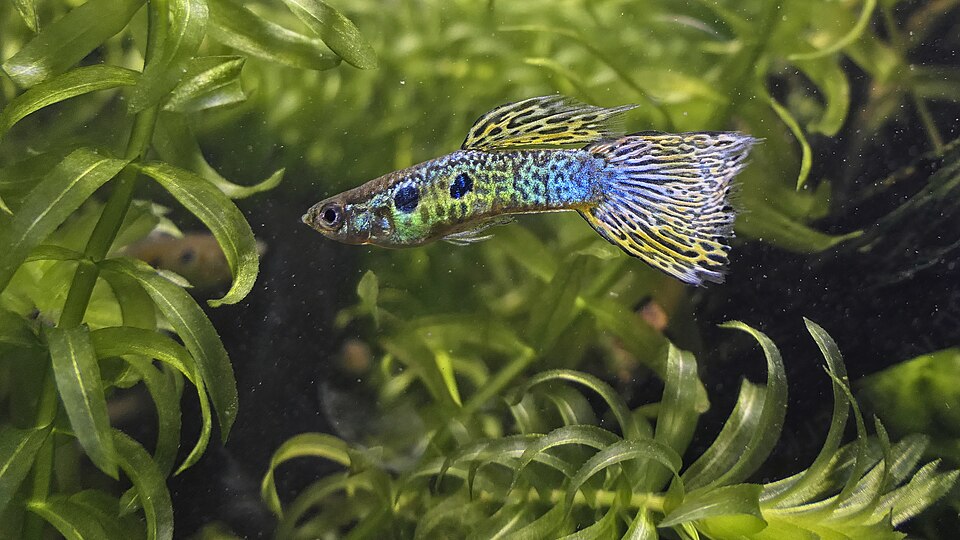
Leave a Reply